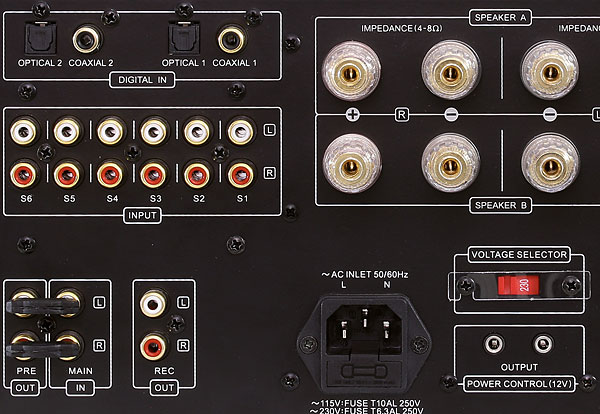| Columns Retired Columns & Blogs |
"It is possible that one of the small-signal tubes in the review sample was not performing to specification"
This happens all too much for my liking with reviews. You would think a manufacturer would make sure that the sample given for review, was even better than stock, before giving it for the review??
Cheers George












































